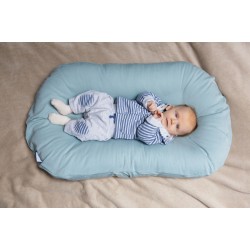
Kids' sleeping bags are designed to provide comfort and warmth during camping trips, sleepovers, or outdoor adventures. When looking for a kids' sleeping bag, consider the following factors to choose the best one for your child:
manufacturers of kids' sleeping bags typically involves some research and may vary depending on your location and specific requirements. Here are some steps you can take to find manufacturers of kids' sleeping bags:
Online B2B Platforms: Websites like Alibaba, Global Sources, and Made-in-China are excellent resources for finding sleeping bag manufacturers. You can search for manufacturers, compare products, and contact potential suppliers directly.
Industry Trade Shows: Attend outdoor and camping equipment trade shows and exhibitions, where you can meet manufacturers in person. Examples include the Outdoor Retailer show in the United States and similar events in other countries.
Contact Well-Known Brands: Some well-known outdoor gear brands manufacture their products or have partnerships with manufacturers. Reach out to brands like Coleman, The North Face, Kelty, or Columbia to inquire about their manufacturing sources.
Online Directories: Check online directories of manufacturers or suppliers in the outdoor gear industry. Websites like ThomasNet, MFG.com, or Kompass can help you find sleeping bag manufacturers.
Contact Industry Associations: Reach out to industry associations related to outdoor and camping equipment
Size and Fit:
- Ensure that the sleeping bag is the right size for your child. It should provide enough room for them to stretch out comfortably but not be too large that it loses warmth. Many sleeping bags come in different lengths or sizes suitable for different age groups.
Temperature Rating:
- Check the sleeping bag's temperature rating. It indicates the lowest temperature at which the bag will keep your child warm. Choose a bag with an appropriate rating for the conditions your child will be in.
Season and Use:
- Consider the season and use of the sleeping bag. Some bags are designed for specific conditions, such as summer or winter camping. Others are versatile and can be used year-round.
Insulation Type:
- Sleeping bags can have synthetic or down insulation. Down is generally warmer and lighter but may not perform as well when wet. Synthetic insulation is more water-resistant. Choose the one that suits your child's needs.
Weight and Portability:
- If your child will be carrying the sleeping bag for backpacking or hiking trips, consider the weight and packability of the bag. Lighter and more compact sleeping bags are preferable for these situations.
Durability:
















